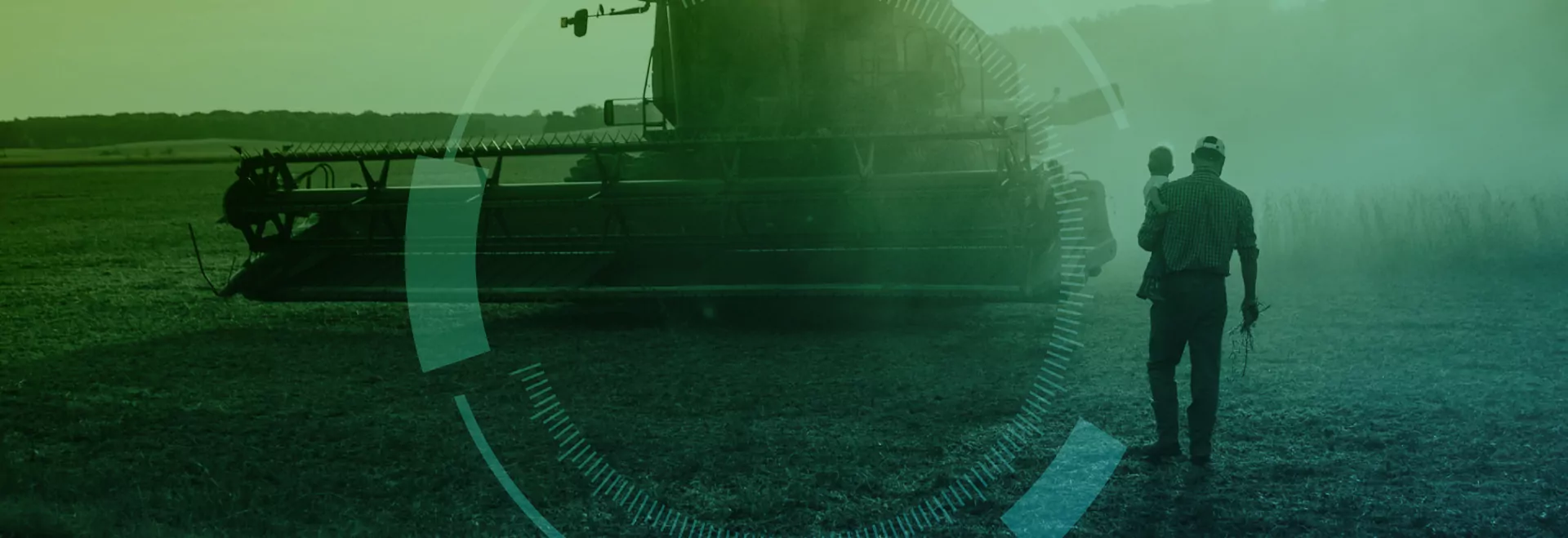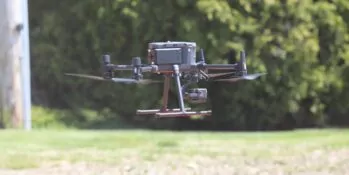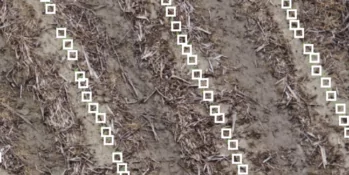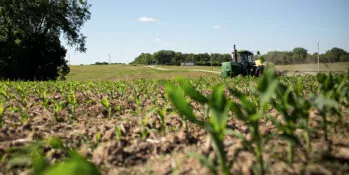

Any proud grower knows that no two fields are the same. Each field and each acre has its own unique strengths and weaknesses. Each has different degrees of compaction, fertility, soil type, drainage, weather vulnerabilities and more.
With such variations, any attempt to maximize crop yield, must start with a personalized understanding of the field being planted. Granted, when dealing with 20,000 acres, you can’t very well familiarize with each and every one of them, let alone dedicate unique attention to each. However, you do want to create a scalable operation that will yield the highest return. And with today’s solutions, you can.
Here are the four basic actions that every crop consultant should consider for addressing such variations and generating a unique plan to bring out the best in the field.
1-Know your field’s roots
This is key! Know the history of your field. Have a look at yield maps from previous years to identify weak spots as well as the hi-yield areas. Make sure you have a soil map for the field, indicating the differences in soil type from acre to acre. Most precision farming solutions will be able to generate a historical benchmark that will guide your initial decisions.
2-Plant by zones
When you are familiar with the areas that are more likely to yield a high return, you can plan your planting more accurately. Rather than a constant rate of planting for each acre, you should ideally optimize your planting. An area with higher promise should be planted with a higher population than areas that have historically generated lower yields over time. This is known as VR or Variable Rate planting.
Using the right technology, you can divide your field into several zones. Each zone represents a different yield potential classification. Once the field is segmented into zones, you will be able to export a shapefile directly to your planter. The shapefile is actually a navigation map with planting instructions that is automatically carried out by the planter as ordered.

3-Emergence validation
Once your fields are planted, the clock starts ticking. You anxiously wait for emergence to determine what areas in the field require additional seeds. At this stage, if you are not generating an accurate map of your field emergence, you will most likely be pouring additional money and seed into the field as a hit-or-miss replanting method.
However, if you want to optimize your emergence count, thereby minimizing the replanting costs, your best bet is remote scouting. Using a remote scouting method such as Taranis AI2 SmartScout, will generate a precise count of emergence for each and every acre.

4-Weed and in-season treatment
Herbicide application is a growing concern for many growers, calling for a more accurate diagnosis and treatment plan. Here too, generating an accurate report of weed occurrences throughout the field and prescribing treatment according to zone severity can help minimize the unwanted impact. The benefits in these cases go beyond just cost savings and are evident in improved plant vigor when exposed to less input as well as higher quality produce.
VR optimization will save growers a pretty buck throughout the season, from initial planting, through weeds, fertilizer, pesticide and other treatments throughout the season.
Summary
For many growers today, the default approach is that of a broadcast treatment, with no distinction between higher and lower stress areas. In some cases, it might be determined that despite clear variations, broadcast treatment is still the preferred course of action. But with the delicate balance of crop yield at stake, growers are best off making that decision from an informed standpoint, with full control over the possibilities.
If you would like to hear more about how VR treatment can help your growers this season, or for a personal demo, feel free to reach out directly to one of our ag experts in your area or complete the contact form and a team member will get in touch.

From wet-weather spraying to timely scouting, drones are not only proving their efficacy but paving a path for rural entrepreneurship and the next generation on the farm.

With the rising costs of farm equipment and technology, it's critical for growers to ensure their investment is maximizing return on every acre.

Recent Taranis insights uncovered some unsettling imagery we can all learn from regarding 20" vs. 30" row spacing.